If you are a golfer, then you know that the type of ball you use can make a big difference in your game. There are many different types of golf balls on the market, and it can be difficult to decide which one is right for you. In this article, we will review the Titleist Tour Soft Golf Balls and discuss their pros and cons. We will also provide a buyer’s guide to help you choose the right golf ball for your needs.
Table of Contents
Titleist Tour Soft Golf Balls
 Looking for a golf ball that will give you an edge on the course? Look no further than the Titleist Tour Soft Golf Ball. With the largest Titleist core ever, this ball provides a responsive feel and high ball speed for exceptional distance.
Looking for a golf ball that will give you an edge on the course? Look no further than the Titleist Tour Soft Golf Ball. With the largest Titleist core ever, this ball provides a responsive feel and high ball speed for exceptional distance.Pros & Cons of Titleist Tour Soft Golf Balls
Buyer’s Guide
Golf Ball Types
There are three main types of golf balls:
- Distance Balls: These balls are designed for maximum distance and typically have a harder core. If you are looking to add extra yardage to your game, then a distance ball is the right choice for you.
- Control Balls: Control balls are designed for better accuracy and are typically softer than distance balls. If you are looking to improve your accuracy, then a control ball is the right choice for you.
- All-Around Balls: All-around balls are a good option for golfers who want both distance and accuracy. These balls typically have a medium-soft core and offer a nice balance of both distance and control.
Golf Ball Layers: Beyond The Dimples
Most golf balls have three layers: the core, the mantle, and the cover. The core is the largest layer and is typically made of rubber or synthetic rubber. The mantle is the middle layer and is usually made of softer materials than the core. The cover is the outermost layer and is typically made of harder materials than the mantle. [1]
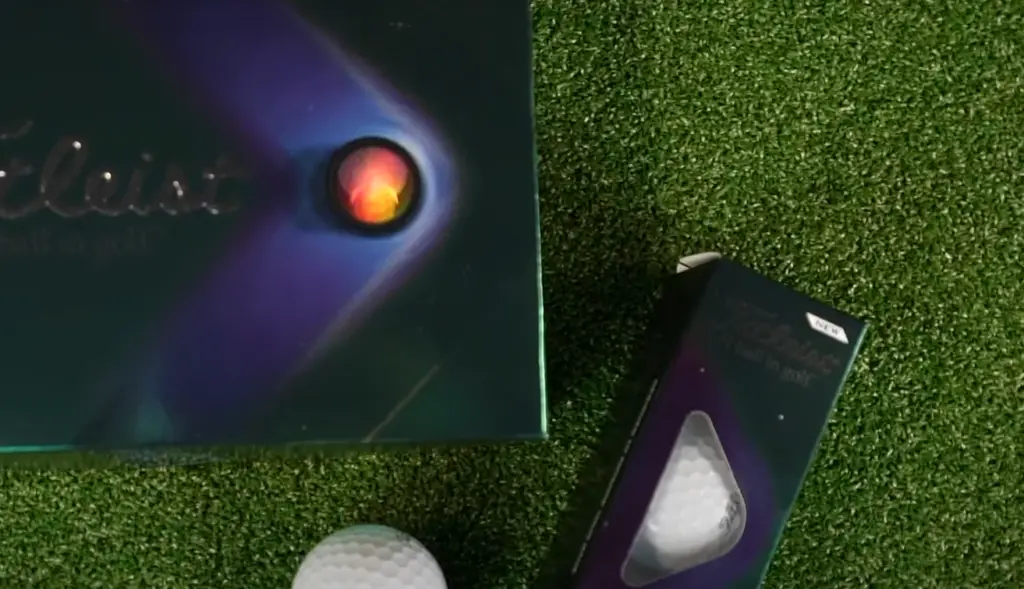
The type of construction will determine how a ball performs. For example, a two-piece ball will usually have a hard core and a soft cover. This construction provides extra distance but may sacrifice some accuracy and control. A three-piece ball will usually have a soft core, a harder mantle, and a softer cover. This construction provides extra control but may sacrifice some distance.
Finally, the dimples on a golf ball are there to help it fly further and straighter. The dimples create turbulence in the air around the ball, which reduces drag and increases lift. This helps the ball to stay in the air longer and travel further.
Cover
The cover of a golf ball is the outermost layer and is typically made of harder materials than the mantle. The type of material used in the cover will affect the feel, spin, and durability of the ball.
Synthetic rubber is the softest material and provides the best feel. Urethane is harder than synthetic rubber and provides more spin. An ionomer is the hardest material and is very durable but may sacrifice some feel. [2]Feel
The feel of a golf ball is the sensation you get when you hit it. A softer ball will provide a softer feel, while a harder ball will provide a firmer feel. The type of cover material will determine the feel of the ball. Synthetic rubber provides the softest feel, while ionomer provides the firmest feel.
The casual, game improvement player
The Titleist Tour Soft is a great ball for the casual, game improvement player. It has a lower compression core which makes it easier to compress and get good distance. TheTour Soft also has a soft cover which gives it good feel and control around the greens. If you are looking for a ball that is going to help you improve your game and score lower, the Tour Soft is a great choice.
There are some drawbacks to the Tour Soft however. First, it does not have as much spin as some of the other balls on the market. It can be problematic to attempt hitting fades or draws around the greens. Second, because it is so pliable, it does not withstand many hard-surface firings. If you’re hitting a lot of range balls or playing on a hard green, consider using another ball.
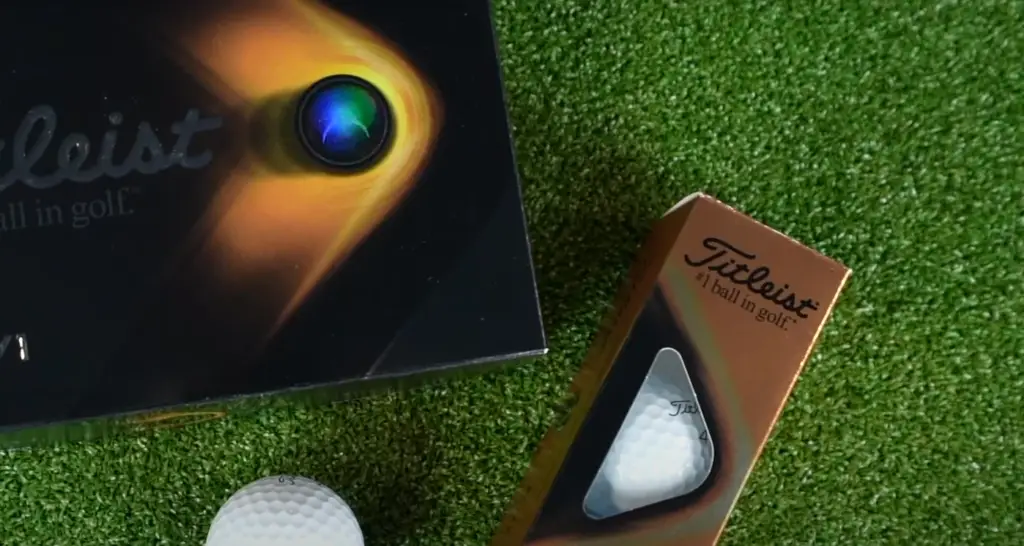
Overall, the Titleist Tour Soft is a great ball for the casual player who is looking to improve their game. It has good distance and feel, and will help you score lower. If you can live with its lack of spin and durability, it is a great choice for your game.
The still-improving amateur
The Titleist Tour Soft is also a great choice for the still-improving amateur. If you are looking to take your game to the next level, the Tour Soft can help you get there. The lower compression core and soft cover help give you good distance and control around the greens, two things that are essential for any golfer looking to improve their game.
There are a few drawbacks to the Tour Soft for the improving amateur, however. Firstly, the ball doesn’t have as much spin potential as some of its competitors. This can be an issue if you are trying to hit fades or draws around the greens. Second, because it is so soft, it does not hold up well to repeated shots off
of hard surfaces. If you are hitting a lot of range balls or playing on very firm greens, you may want to consider another ball.
The conditioned pro
The Titleist Tour Soft is also a great choice for the conditioned pro. While it may not have all the bells and whistles of some of the other balls on the market, it is a solid, reliable ball that will help you lower your scores. The lower compression core and soft cover help give you good distance and control around the greens, two things that are essential for any golfer looking to improve their game.
There are a few drawbacks to the Tour Soft for the conditioned pro, however. First, as with the casual player and still-improving amateur, it lacks spin compared to some of its competitors. This can present a problem if you are trying to hit approaches with fades or draws. Second, it does not withstand numerous hits off of hard surfaces since it is so flexible.
Best golf balls – what to look for?
When you are looking for the best golf balls, there are a few things you should keep in mind. First, what is your skill level? If you’re still working on your skills, look for a ball that will give you good distance and help you to improve your feel.
Second, what is your budget?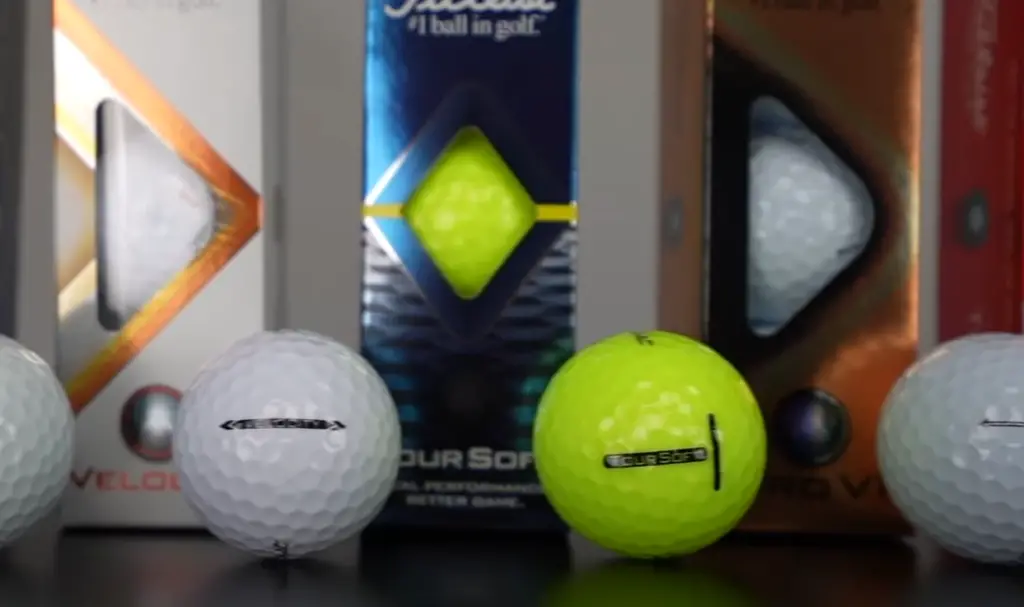
There is no need to spend $50 on a dozen golf balls if you are just starting out. Third, where do you spend the most of your time on the course? If you typically play on very hard greens or hit a lot of range balls, you will want to look for a ball that is more durable.
FAQ
Are all golf balls pretty much the same?
No, golf balls are not all the same. There are different types of golf balls for different skill levels and budgets. You should select a golf ball that is appropriate for your skill level and budget, and that will perform well on the type of course you typically play.
What is the best golf ball for me?
The best golf ball for you is one that is appropriate for your skill level and budget, and that will perform well on the type of course you typically play. If you are a casual player or still-improving amateur, you will want to look for a ball with good distance and feel. If you are a conditioned pro,
you may be more interested in spin and durability. Where do you play most of your golf? If you typically play on very firm greens or hit a lot of range balls, you will want to look for a ball that is more durable.
What’s a two-piece golf ball?
A two-piece golf ball is a ball with a solid core and a soft cover. Two-piece balls are typically designed for casual players or still-improving amateurs who are looking for good distance and feel. [3]
What’s a three-piece golf ball?
A three-piece golf ball is a ball with a solid core, an inner mantle layer, and a soft cover. Three-piece balls are typically designed for conditioned pros who are looking for spin and durability. [4]
What’s a four-piece golf ball?
A four-piece golf ball is a ball with a solid core, an inner mantle layer, an outer mantle layer, and soft cover. Four-piece balls are more often created for professional players who want spin and durability in their game. [5]
What’s a urethane cover?
A urethane cover is a soft, stretchy material that covers the outside of three-and four-piece golf balls. Urethane covers provide good spin and control around the greens, but may not hold up as well to repeated shots off of hard surfaces. [6]
What’s an ionomer cover?
An ionomer cover is a type of soft cover that is typically found on two-piece golf balls. Ionomer covers provide good distance and feel, but may not hold up as well to repeated shots off of hard surfaces.
What’s a multilayer ball?
A multilayer ball is a ball with multiple layers of different materials. Multilayer balls are best for experienced players who need extra spin and durability.
What’s a distance ball?
A distance ball, sometimes known as a “lay-up,” is a ball that’s meant for people who aren’t very good yet, as well as those who are still developing and learning. Distance balls typically have a two-piece construction with an ionomer cover.
What’s a premium ball?
A premium ball is a high-performance golf ball that typically has a three- or four-piece construction with a urethane cover.
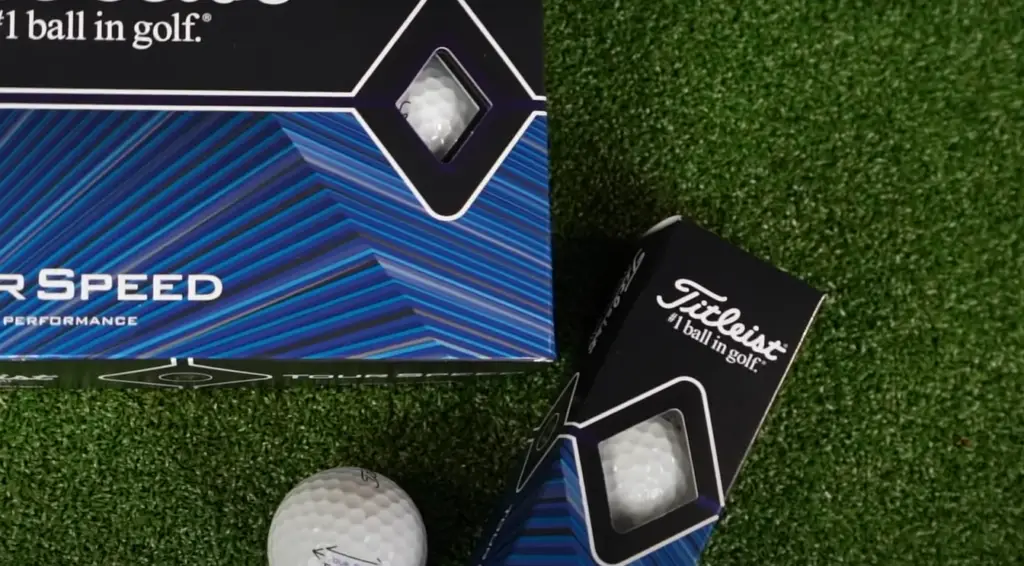
Premium balls are designed for conditioned pros who are looking for spin and durability. Premium balls typically cost more than $30 per dozen.
What’s a budget ball?
A budget ball is a golf ball that typically has a two-piece construction with an ionomer cover. If you’re a casual player or still working on your skills, budget balls are a great option for getting distance and feeling good about your shot.
Do extra layers make extra difference?
Yes, extra layers typically provide more spin and control around the greens. However, they may also make the ball less durable.
What is compression?
Compression is a measure of how much the ball compresses when hit by a club. Compression ratings range from 40 (very soft) to 110 (very firm). Softer balls typically have lower compression ratings and are designed for players with slower swing speeds. Harder balls typically have higher compression ratings and are designed for players with faster swing speeds. Players with faster swing speeds may also find that harder balls wear down too quickly. [7]
Compression can also affect feel. Softer balls tend to have a softer feel, while harder balls tend to have a firmer feel. Some players prefer the softer feel of a softer ball, while others prefer the firmer feel of a harder ball. Ultimately, it is up to the individual player to decide what type of feel they prefer.
Are range balls Ok to use?
Yes, range balls are typically designed for casual players or still-improving amateurs who are looking for good distance and feel. However, they may not hold up as well to repeated shots off of hard surfaces.
Who should use a high spin ball?
A high spin ball is typically designed for players with faster swing speeds. Players with faster swing speeds may also find that harder balls wear down too quickly. Also , a high spin ball can help players with slower swing speeds to generate more spin. Ultimately, it is up to the individual player to decide what type of ball they prefer.
Video Guide: Titleist Tour Soft Golf Balls
Conclusion
So, what do we think? Overall, we really like the Titleist Tour Soft golf balls. They are a great option for players of all skill levels and provide good distance and control. The only downside is that they can be a bit pricey for some people. If you’re looking for an affordable ball that still offers quality performance, there are other options on the market. But if you have the money to spare and want one of the best golf balls out there, the Titleist Tour Soft is definitely worth considering. Thanks for reading our review!
References:
- https://www.bogiestobirdies.com/golf-balls-dimples-core-cover-and-mantle-layer/
- https://golfstatus.com/blog/on-the-golf-ball
- https://www.golfballs.com/Golf-Gear-Buying-Guide/Questions/Balls/what-are-the-differences-between-2-piece-and-multi-layer-golf-balls.html
- https://outofboundsgolf.com/2-vs-3-piece-golf-ball/
- https://outofboundsgolf.com/3-vs-4-piece-golf-ball/
- https://outofboundsgolf.com/urethane-vs-ionomer-vs-surlyn/
- https://outofboundsgolf.com/golf-ball-compression/

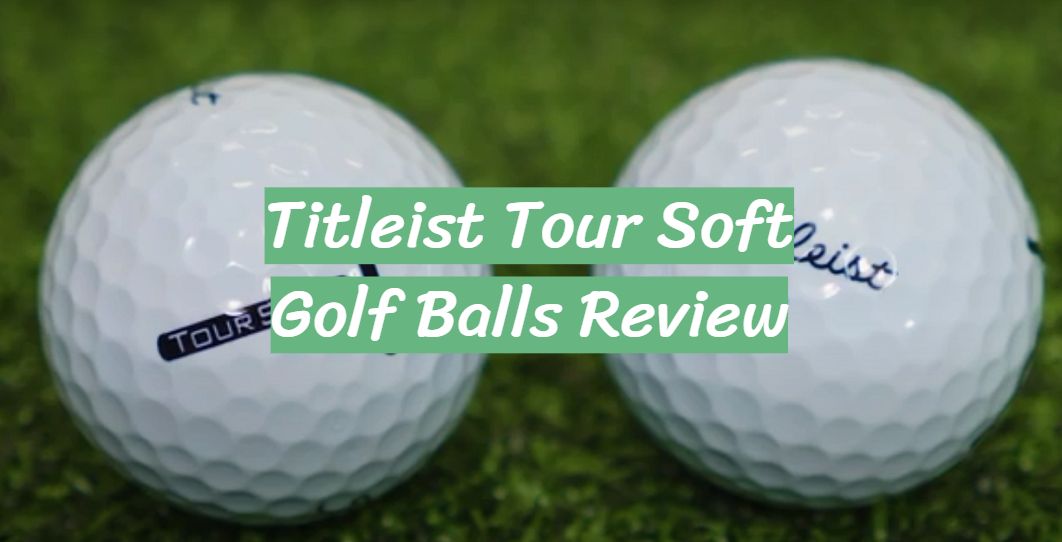

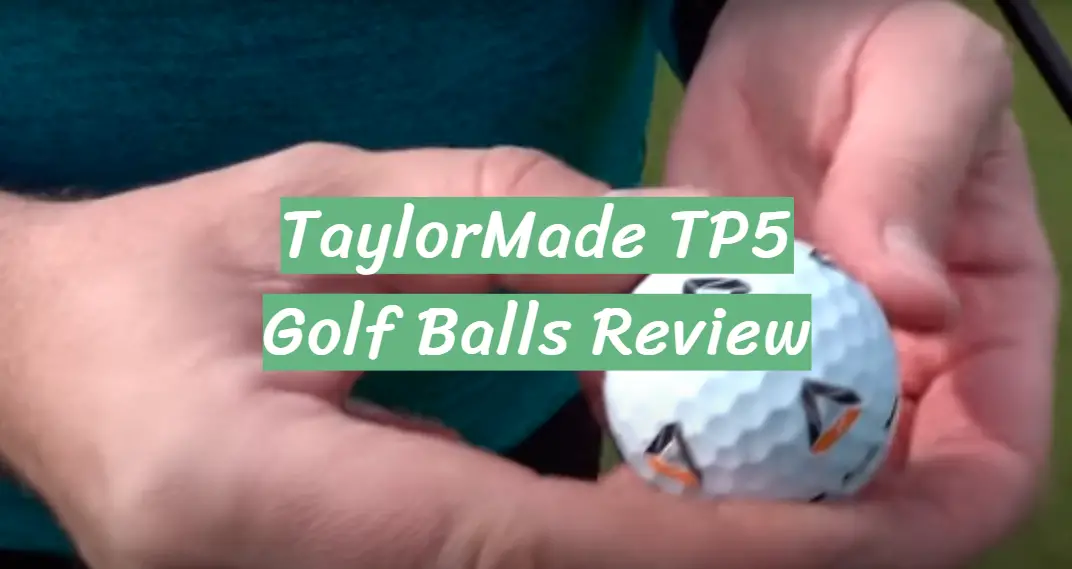

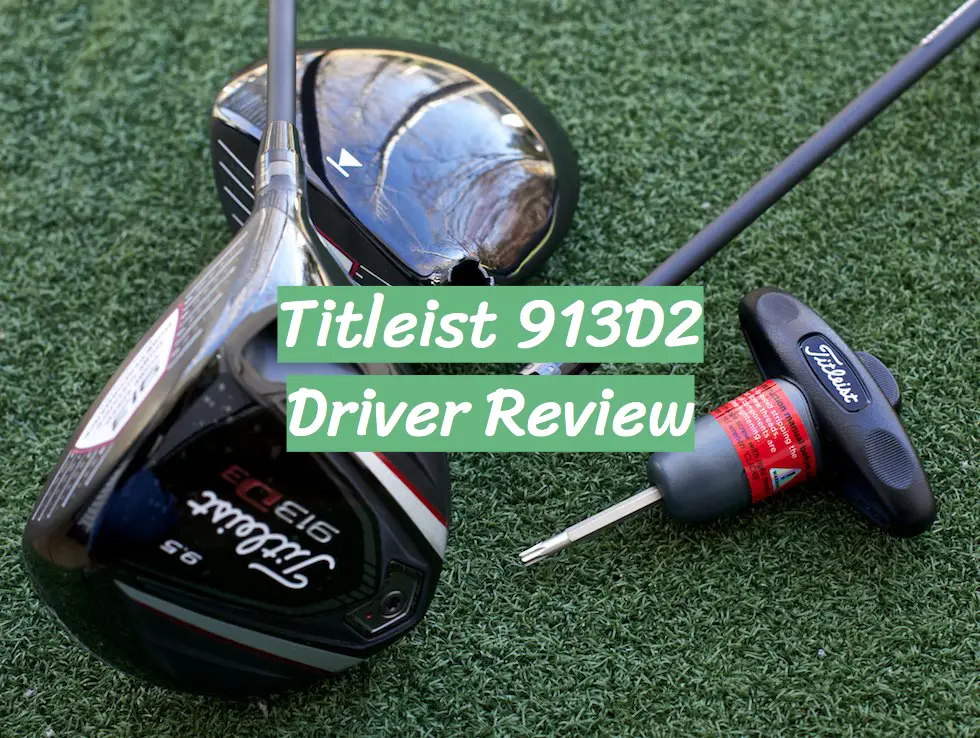
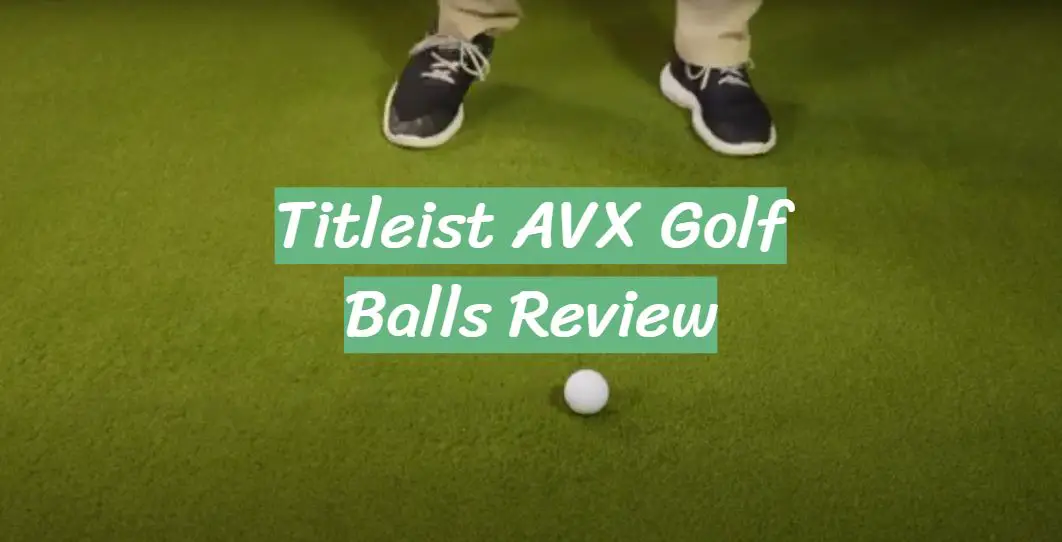
Leave a Reply